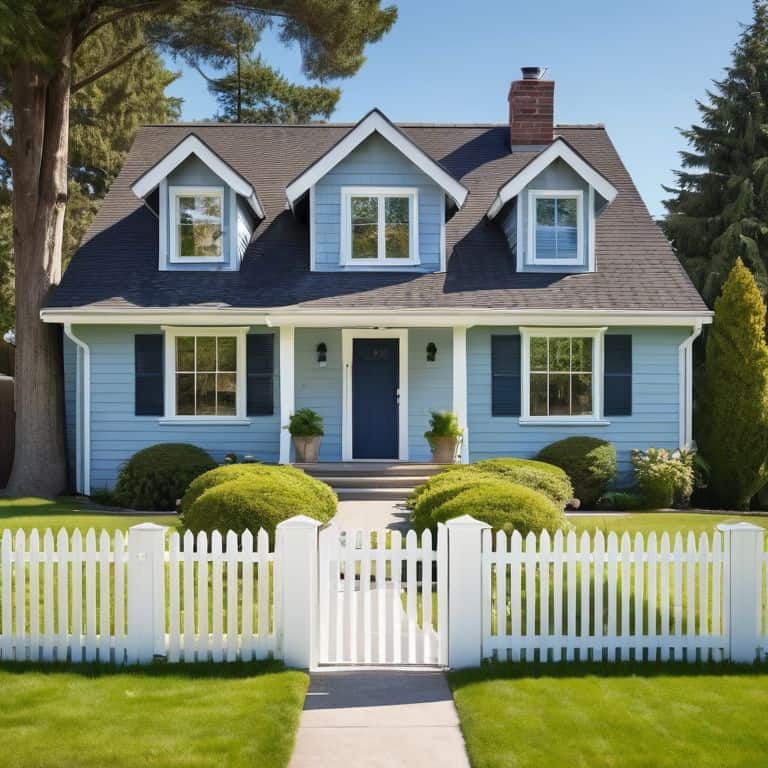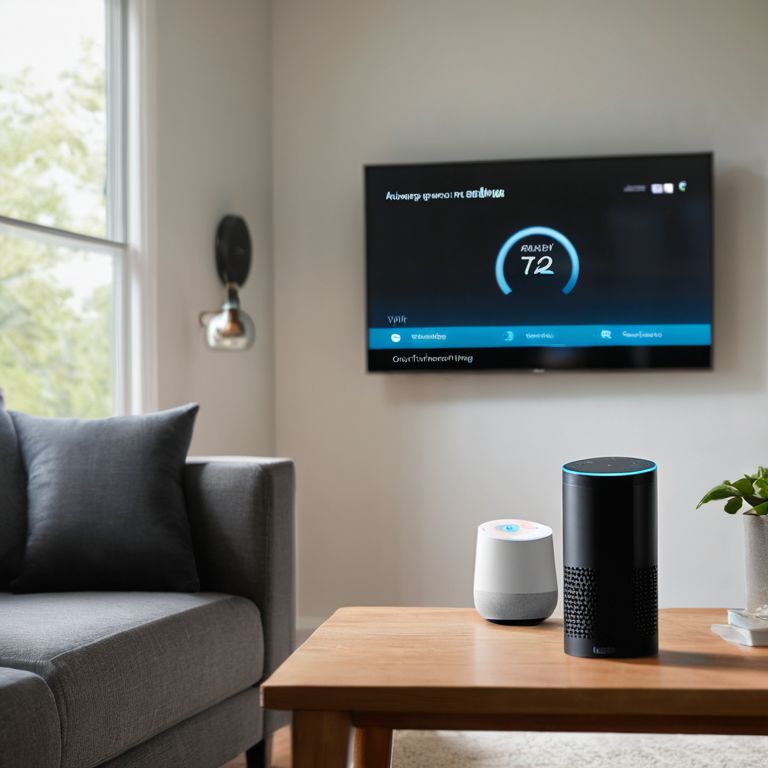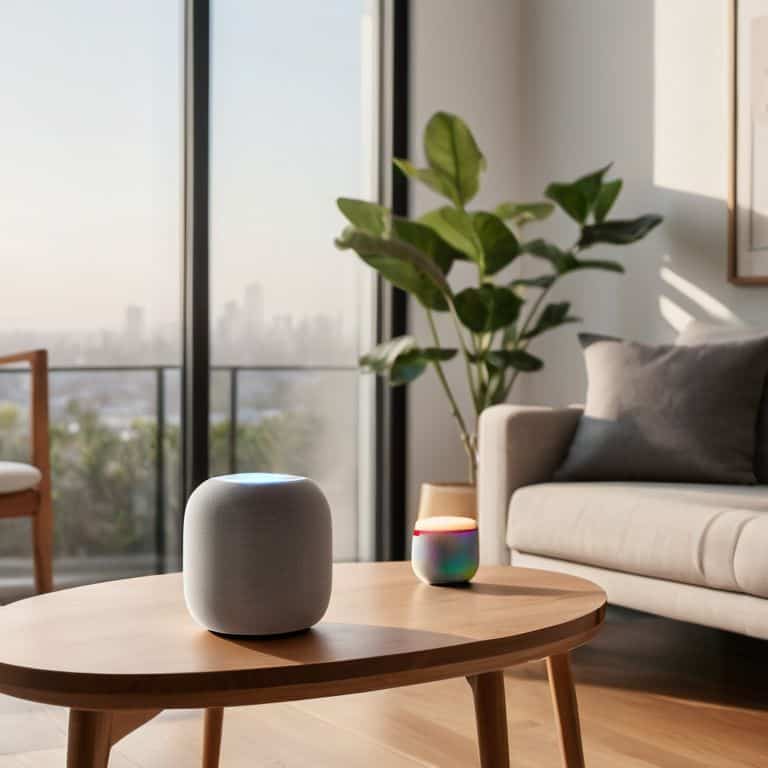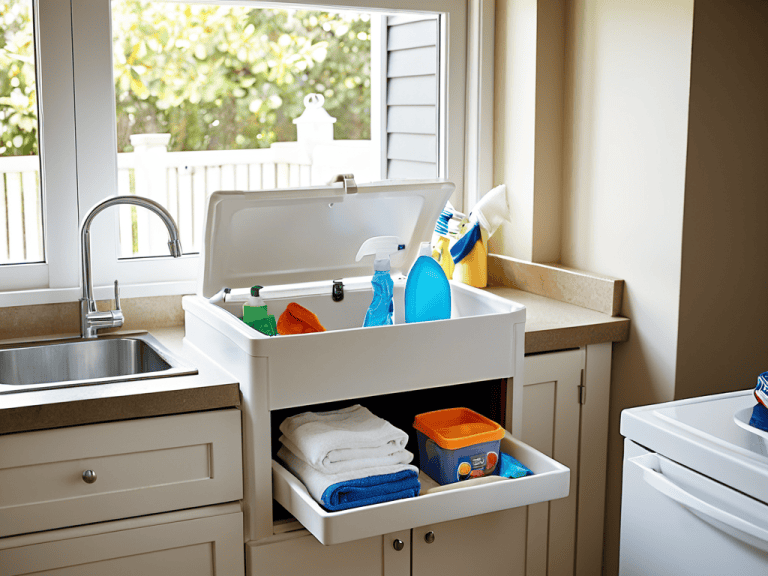I still remember the day I decided to install my first home security camera – it was after a string of break-ins in my neighborhood, and I wanted to feel safe in my own home. That’s when I realized that having a good a guide to home security cameras is crucial, not just for security, but for peace of mind. But, what I found out was that choosing the right camera can be overwhelming, with so many options available in the market. I had to navigate through countless reviews, compare features, and deal with complicated installation processes. It was a frustrating experience, but it taught me that simplicity is key when it comes to home security.
In this article, I’ll share my personal experience and expertise to provide you with a straightforward, no-nonsense guide to choosing and installing the perfect home security cameras for your needs. I’ll cut through the technical jargon and focus on the practical aspects of home security, so you can make an informed decision and start enjoying the benefits of a safer, more secure home. Whether you’re a tech-savvy individual or a complete beginner, this guide will walk you through the process of selecting and setting up your home security cameras, so you can have a peace of mind knowing that your home is protected.
Table of Contents
Guide Overview: What You'll Need
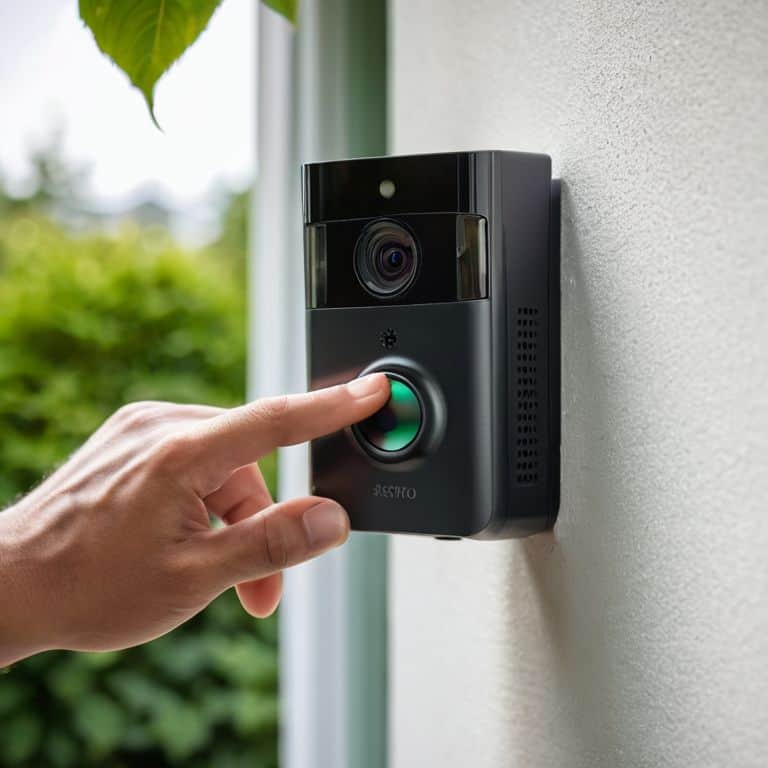
Total Time: 2 hours 30 minutes
Estimated Cost: $100 – $300
Difficulty Level: Intermediate
Tools Required
- Drill (with screwdriver and drill bits)
- Level (to ensure proper camera alignment)
- Pliers (for wire management)
- Screwdriver (for camera mounting)
- Wire strippers (for exposing wire ends)
Supplies & Materials
- Security camera (wireless or wired)
- Mounting hardware (screws, wall anchors)
- Power supply (if camera is not battery-powered)
- Ethernet cable (for wired cameras)
- Weatherproof casing (for outdoor cameras)
Step-by-Step Instructions
- 1. First, let’s talk about assessing your needs – before you start shopping for home security cameras, take some time to think about what you want to achieve with your security system. Do you have specific areas of your home you want to keep an eye on, like the front door or backyard? Consider the layout of your home and where you’d like to place cameras for maximum coverage.
- 2. Next, you’ll want to research different types of cameras – there are wired and wireless options, indoor and outdoor cameras, and even cameras with night vision or motion detection. Think about what features are must-haves for you and your home. For example, if you have pets, you might want cameras with motion detection to alert you to any unusual activity.
- 3. Now it’s time to choose your camera’s resolution – the higher the resolution, the clearer the picture will be. However, higher resolution cameras often require more storage space and can be more expensive. Consider what level of detail you need – if you just want to see who’s at the door, a lower resolution might be sufficient, but if you want to be able to read license plates or see faces clearly, you’ll want a higher resolution.
- 4. When selecting a camera, consider the field of view – this is the area that the camera can see, measured in degrees. A wider field of view means the camera can see more of your home or yard, but might not be as zoomed in. Think about what you want to see and choose a camera that can provide the right level of zoom and coverage.
- 5. Another important factor is weather resistance – if you’re planning to install cameras outside, you’ll want to make sure they can withstand the elements. Look for cameras with an IP65 rating or higher, which means they can withstand dust and water. You should also consider the operating temperature range to ensure the camera will work properly in your area’s climate.
- 6. Once you’ve selected your cameras, it’s time to plan your installation – decide where you’ll place each camera and how you’ll power them. If you’re using wireless cameras, make sure they’re within range of your router and that you have a stable internet connection. Consider hiring a professional if you’re not comfortable with the installation process.
- 7. Finally, set up your camera’s software – most home security cameras come with an app that allows you to view live footage, receive notifications, and adjust settings. Take some time to familiarize yourself with the app and set up notifications for motion detection or other events you want to be alerted to. You can also integrate your cameras with other smart home devices for a more seamless experience.
A Guide to Home Security Cameras

When it comes to wireless security camera systems, one of the most important considerations is placement. You want to make sure your cameras are positioned in a way that captures the most footage, without being too obvious or vulnerable to tampering. I’ve found that installing cameras at a slight angle, rather than directly facing the area you want to monitor, can help reduce glare and provide a clearer view.
For pet owners, choosing the best security cameras for pets can be a game-changer. Look for cameras with night vision capabilities and a wide field of view, so you can keep an eye on your furry friends even when you’re not in the room. Some cameras also come with motion detection settings, which can be super helpful for monitoring your pets’ activity levels and making sure they’re not getting into any mischief.
In terms of installation, I always recommend following some basic outdoor security camera installation tips, such as mounting cameras at least 10 feet off the ground to prevent tampering, and using weather-resistant housing to protect your equipment from the elements. By taking the time to properly install and configure your security cameras, you can enjoy peace of mind and a more secure home.
Smart Home Security Integration Tips
Now that we’ve covered the basics of wireless security camera systems, let’s talk about how to take your home security to the next level with smart integration. I’m all about making my smart home devices work together seamlessly, and security cameras are no exception. By integrating your cameras with other smart devices, you can create a robust security system that’s easy to manage and monitor.
For example, you can set up automations that turn on outdoor lights when motion is detected by a camera, or receive notifications on your phone when a camera captures footage of someone approaching your door. These “one-button” solutions are what make smart home security so powerful – and I’ll be sharing more of my favorite tips and tricks for making it all work together in future posts!
Wireless Security Camera Systems Simplified
Wireless security camera systems can seem overwhelming, but trust me, they’re a breeze once you break it down. I’ve found that the key is to focus on a few essential features: battery life, weather resistance, and night vision. When I installed my own wireless cameras, I opted for models with long-lasting batteries and IP65 ratings, so I don’t have to worry about them faltering in the rain or extreme temperatures. By simplifying your expectations and prioritizing these core features, you can create a robust and reliable wireless security camera system that gives you peace of mind without the hassle.
Securing Your Home with Ease: 5 Essential Tips
- Choose security cameras with a wide field of view and high resolution to capture clear images, day or night
- Consider weather-resistant cameras for outdoor installation to ensure durability and reliability
- Look for cameras with smart motion detection and alerts to notify you of potential security breaches
- Integrate your security cameras with other smart home devices for a seamless and automated experience
- Regularly update your camera’s software and firmware to prevent hacking and ensure continued security and performance
Key Takeaways for a Smarter Home Security
By choosing the right home security cameras and integrating them into your smart home system, you can enjoy enhanced peace of mind and a more streamlined living experience
Wireless security camera systems offer a convenient and flexible solution for monitoring your home, and can be easily integrated with other smart devices for a more comprehensive security setup
By simplifying your smart home security through one-button solutions and seamless integrations, you can focus on what matters most – living life to the fullest, with the confidence that your home is safe and secure
Security Made Simple
A good home security camera system should be like a good neighbor – always watching out for you, but never getting in the way.
Jenna Gable
Securing Your Peace of Mind
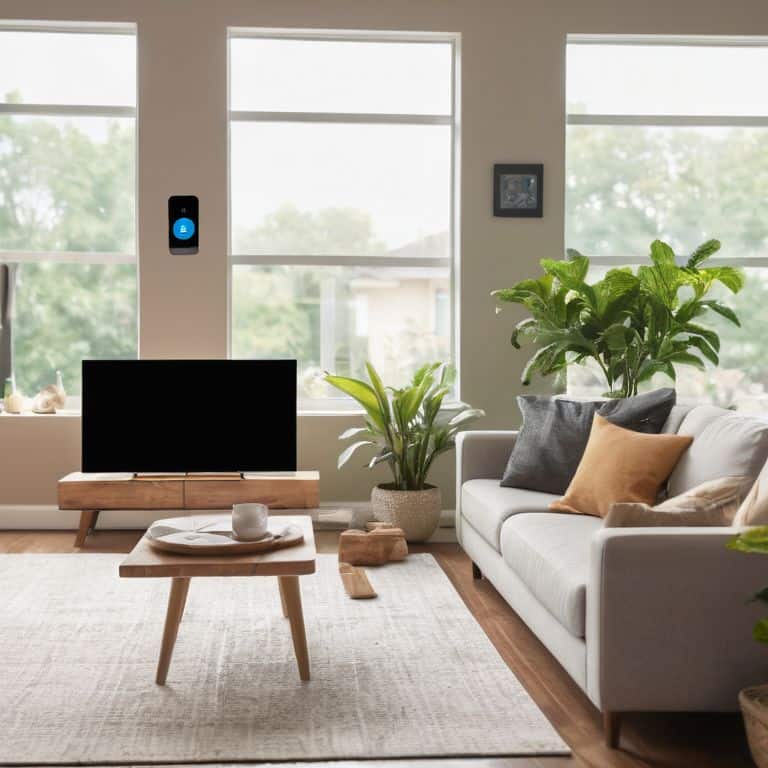
As we’ve explored in this guide to home security cameras, setting up a solid security system is easier than you think. We’ve covered the basics of wireless security camera systems, and dived into the world of smart home security integration. By following these simple steps, you can significantly enhance your home’s security features and gain a sense of peace that comes with knowing your space is protected. Whether you’re a tech-savvy individual or just starting out, the key is to find a system that works seamlessly with your lifestyle and other smart devices.
With your new home security camera system in place, you can enjoy the freedom to live life without constant worry about your property. Imagine being able to check in on your home from anywhere, receiving instant alerts if something suspicious is detected, and having the authorities notified promptly if needed. It’s not just about security; it’s about creating a smart and safe haven where you and your loved ones can thrive. So, go ahead and take the first step towards a more secure tomorrow – your peace of mind is worth it.
Frequently Asked Questions
What are the most important features to consider when choosing a home security camera?
When choosing a home security camera, I always look for a few key features: high-resolution video, night vision, and a wide field of view. But let’s be real, it’s also about ease of use – I want something with simple Wi-Fi setup and a user-friendly app. And, of course, weather resistance and battery life are must-haves for outdoor cameras!
Can I integrate my home security cameras with other smart devices, such as doorbells and locks?
Absolutely, you can integrate your home security cameras with other smart devices, like doorbells and locks, for a seamless security experience. I’ve done it in my own home and it’s a total game-changer – with one tap, my doors lock, lights adjust, and cameras start recording, all while my doorbell sends me a live feed.
Do I need to have a wired internet connection for my home security cameras to work, or can I use a wireless connection?
No worries, you can definitely use a wireless connection for your home security cameras. In fact, most modern cameras are designed to work seamlessly with Wi-Fi, making installation a breeze. Just ensure your router’s signal is strong enough to reach all camera locations, and you’re good to go!




